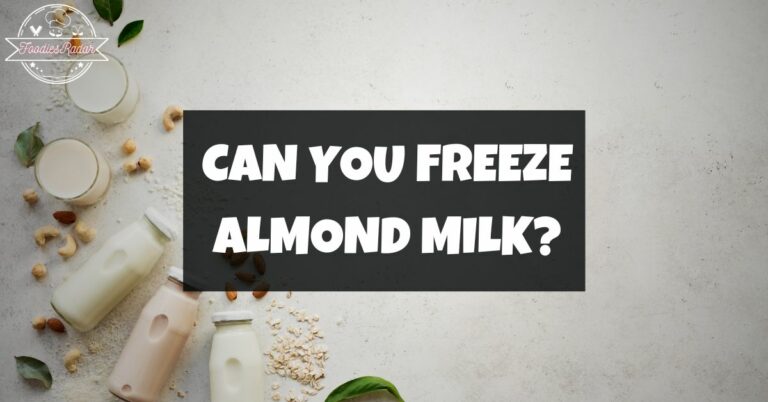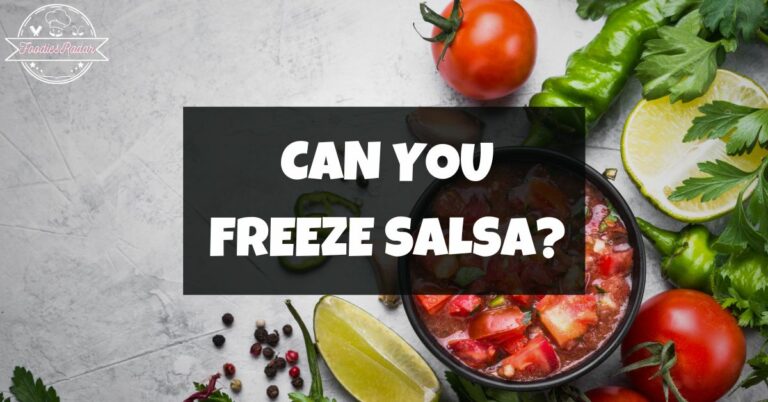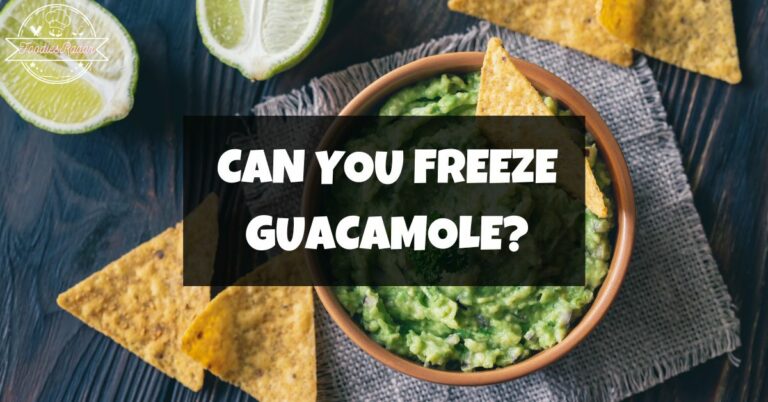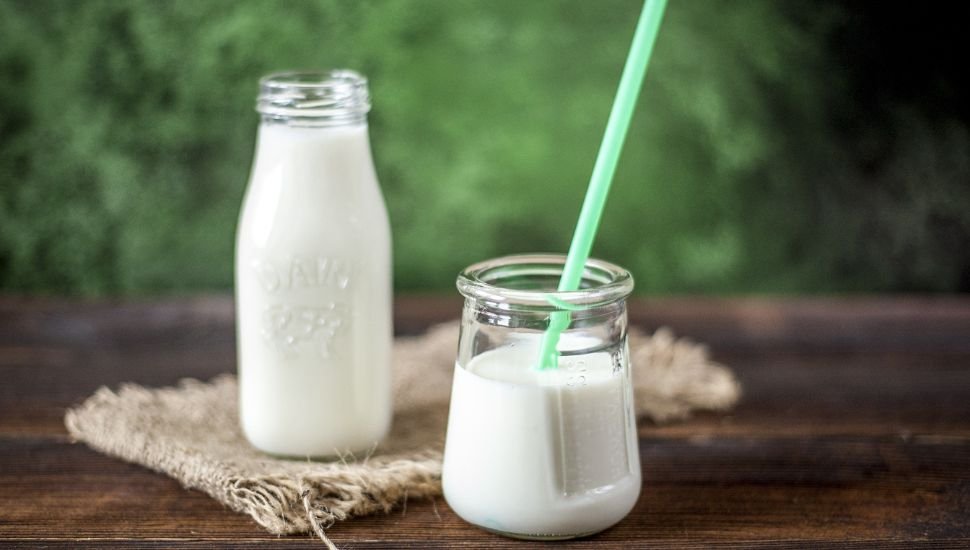
One of the most straightforward strategies to maximize your weekly grocery budget and reduce food waste is to freeze food.
Even if you need milk for many dishes, consuming it all might be challenging before the expiry date. This problem prompts the question, can milk be frozen? The quick answer is that milk can definitely be frozen.
While you may be used to freezing leftover protein food like fish, chicken, or curries, commonplace ingredients like milk, cream, and even cheese function slightly differently. There are several rules you should adhere to first to be safe.
Learning how to freeze and defrost milk for later use securely might help you save money if you often toss expired milk down the drain.
In the following tutorial, I will detail what you have to know to avoid squandering any more liquid.
Can You Freeze Milk?
The milk may separate and become gritty after being frozen and thawed; therefore, the answer to this question depends on its intended usage.
My best advice is to puree the milk in a strong blender for approximately 30 seconds if it separates. This aids in re-emulsifying the milk to some extent so that you’ll have a commodity that functions effectively when baking, cooking, or when added to porridge, mainly in the morning.
It could be better if you drink it straight. While the texture of milk is unaffected by freezing, the flavor is.
Is It Safe To Freeze Milk?
The nutritional value of thawed milk is unaltered, although its appearance may be changed. A good shake should do the trick if the milk becomes a little gritty because the fat has separated. Another option is to use an immersion blender to reintroduce the milk’s natural lipids.
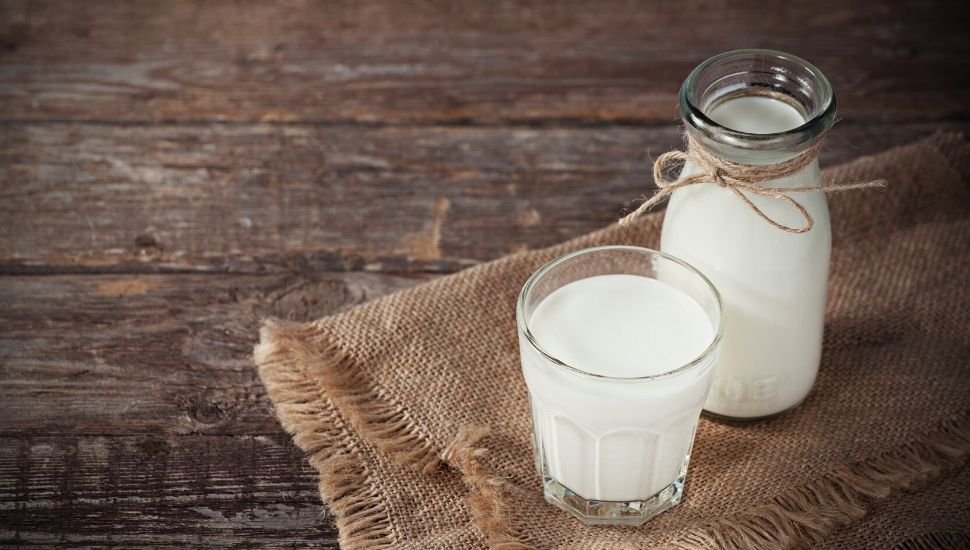
Even if the milk hasn’t gone wrong, you could notice a difference in flavor. Even if stored in a sturdy plastic container, milk may absorb tastes from nutritious meals. Due to this, frozen milk shouldn’t be exposed to strong-flavored foods and must be used promptly.
How To Freeze Milk? (Best Ways)
First, it’s crucial to remember that the type of milk you’re freezing will have a distinct reaction to the procedure. When frozen, most milk splits, but almond and oat milk has an incredibly gritty texture.
Condensed milk and other kinds of milk that generally come in cans shouldn’t be frozen within the cans since they require space to expand.
In order to prevent milk from swelling when frozen, make sure you leave an inch of space at the lip of the bottle.
If the storage container is plastic, you may freeze the food inside; glassware or board boxes risk shattering or blowing up.
It might also be frozen by dividing the milk into portable ice trays. Instead of thawing the whole container, you may just remove the amount you need and return it to the freezer.
Since milk is so permeable to the air, it is essential to store it in an airtight container in the freezer if you want to do so.
Use many layers of plastic wrap to gently wrap the ice cube tray before placing it in the freezer if using ice cube trays.
How Long Can You Freeze Milk?
Milk may stay in the freezer for up to 90 days, but consuming it as soon as possible is better since it absorbs flavors from neighboring foods. Use a Sharpie to mark the date you are freezing the milk before placing it in the freezer.
Consequently, you are aware of the recommended drinking time. This is extremely helpful if you’re freezing just a few milk bottles and need to remember which one to use first.
Milk should only be frozen in glass jars if you are sure they are freezer-safe since untempered glass may break.
How To Thaw Milk?
Put the milk in the fridge to defrost when you’re ready to use it. Defrosting might take a day or longer, based on the capacity of the container. It’s also ideal to utilize the milk soon after it has thawed.
The milk may seem divided or have a gritty texture after it is thawed. Both plant-based and dairy milk fall under this category. This occurs when the fat splits during freezing, giving the milk a gritty appearance. It is entirely natural.
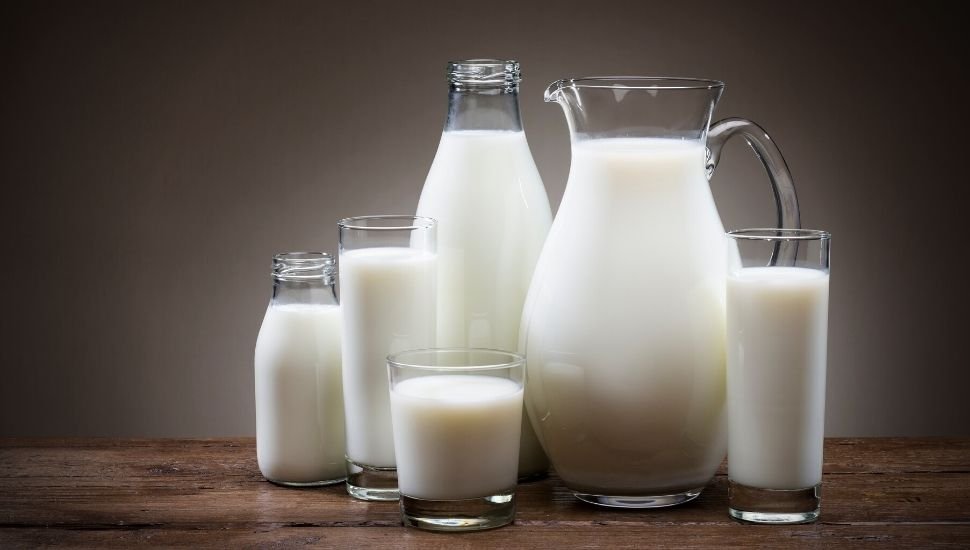
The more likely you detect this, the greater the fat content. Low-fat and skim milk thus freeze better than whole milk due to their decreased fat content.
After defrosting, swirl, spin, or whip it with an electric mixer or wire whisk to give it a little more creaminess.
Does Milk Freeze Well?
Although frozen milk may be kept for up to 6 months in the freezer, consuming it within a month after freezing is recommended.
In order to reduce the risk of bacteria developing, milk should be defrosted in the refrigerator rather than at room temperature. Defrosting frozen milk while using it in a recipe is as simple as adding it to the cooking vessel at any point.
Frozen and thawed milk works best in recipes that call for liquid or powdered ingredients. It may undergo modifications in texture that make it unpleasant to drink. The three most common ones are a need for freshness, a grainy texture, and a mushy consistency.
If it is adequately defrosted and stored, it is safe to consume. Running it through a blender may help balance it out and undo the fat separation, making it a more palatable option.
Further readings:
Final Verdict:
Frozen milk is totally safe to consume, but because the texture isn’t exactly the same, it’s best used in dishes, baked goods, and smoothies.
A natural emulsion is a material comprised of two liquid components that don’t readily mix together. The two factors of milk—fat and water—start to separate when it is frozen.
As a result, milk that has been thawed looks gritty and divided. But everything is fine! Simply shaking the milk vigorously should help restore at least part of its natural consistency.
In any case, the milk’s separation throughout the thawing process will increase the proportion of its fat content. Therefore, skim, and low-fat milk are the finest for freezing.


